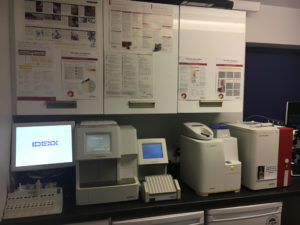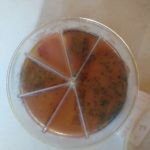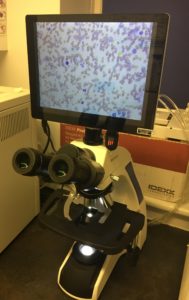Laboratory Updates at Hollybank!
In the last few months Hollybank have been lucky enough to have an upgrade in some of our laboratory equipment. The huge advantage this brings Is the ability to offer the most accurate and quick in-house results for our patients.
Blood Machines: we have recently invested in a brand new haematology machine. This is what we use to measure the levels of red blood cells, white blood cells and platelets. It provides results as reliable to those from an external lab and it requires a smaller blood sample which can make things easier for our nervous or more wriggly patients.
Urinalysis Machines: commonly a ‘dipstick’ test is carried out which gives an overview of important features in the urine. This includes the presence of red blood cells, white blood cells, protein and glucose. Generally, the result of this test is based on colour change and interpreted visually by a member of staff. The interpretation therefore can be subjective. We now have a specific machine which interprets these results which creates consistency across the board. An innovative machine has been developed to run alongside this information; it screens a sample of urine and takes pictures of all the components within it, for example urinary crystals. The physical images of these cells are available alongside the dipstick result giving us a complete set of information to evaluate.
Urine Culture Facilities: When we are suspicious of a urine infection it is beneficial to prove its presence and then determine which antibiotic in particular it is sensitive to. This allows appropriate and accurate use of antibiotics which in turn allows the fastest and most effective treatment for your pet. Previously we have had to send these to an external lab. This has a number of limitations; it can take time for a result and some bacteria may grow during the transit time increasing the potential for miscellaneous results. We now have an incubator and special urine culture plates to provide this facility in-house. It means that the urine is put directly onto the plate increasing the reliability of the bacteria grown and yielding these results within 24 hours.
Microscope: Having access to a microscope allows us to evaluate samples from lumps, bumps and bodily fluids. By looking down the microscope we are able to identify cells that are associated with inflammation, infection and cancers. This information helps us to decide with what we may be dealing with and whether it is prudent for an expert to also examine the slides. There is huge variation in the types of cells however so the large display screen allows multiple people to see the same image at one time. This helps interpretation but can also aid learning and development






